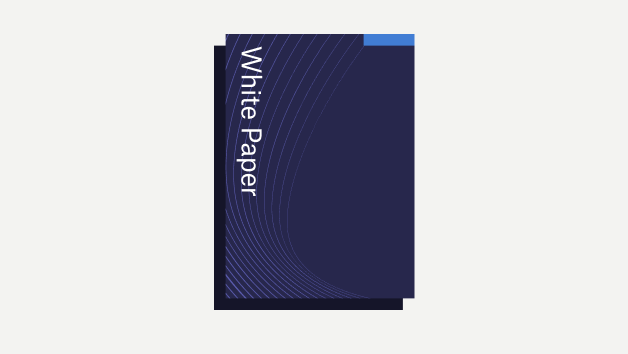The further offshore the sector looks to build new farms, the more it costs to guarantee the structural integrity of the turbine and adjacent platforms. Jens Guldborg discusses how the materials produced by Fiberline Composites help helihoist platforms withstand the effects of the most extreme weather.
Fuelled by a burgeoning wind energy sector, family-owned Fiberline Composites has come a long way from its formation in 1979 by Henrik Thorning and his wife Dorthe. Since opening its first pultrusion line in the Danish town of Kolding, the company has continued to manufacture products such as fibreglass and high-insulating materials for a range of industries. It now has more than 150 employees, as well as a small production plant in China.
The non-corrosive properties of its materials enabled it to take advantage of the boom in the wind energy sector that has swept Northern Europe over the last decades. Many farms are now located offshore in extremely hazardous environments, in which they have to contend with high winds and fierce seas.
"We've been involved in the wind industry for at least 25 years," says Jens Guldborg, Fiberline's vice-president of wind turbine components. Historically, the majority of our business in the wind turbine industry has been the manufacturing of prefabricated components, so we make various parts from fibreglass or carbon-fibre, and then incorporate them into rotor blades to increase the strength of certain areas. We also started to focus on different types of constructions for offshore turbines, for example the helihoist platforms."
Long life, low cost
Fiberline claims its helihoist platform is the most widely used in the global wind sector. Other companies manufacture similar products, but these are traditionally made from steel or aluminium; the composite material used by Fiberline offers numerous advantages. Its non-corrosive properties allow it to achieve a lifetime of at least 20 years, with minimal maintenance required throughout. Its lightweight structure doesn't compromise on strength and offers easy installation, lower costs and guarantees a product that meets every relevant regulation.
"The primary reason to have the helihoist platform is accessibility," states Guldborg. "Even if you're experiencing weather that doesn't allow you to access the structure by boat, you can still send out a helicopter with a service engineer to perform the necessary tasks. Not all offshore turbines are fitted with such a platform, because they're very close to the beach, or even in the tidal zone, so it's not actually necessary, but the further away from land you get, the more it makes sense to use something like this."
Building offshore is not without its challenges, however. Generating power from wind farms further from shore is still incredibly expensive, and the industry desperately needs to find new ways to lower the cost of the assembly process. The risks are also much higher than those posed by onshore wind farms: this can lead to an unpredictable market and financing issues, which in turn make it harder for the sector to become a volume market with continuous flow.
Despite this, Fiberline is still keeping a close eye on the wind sector and ensuring that it continues to create innovative products in line with current trends. "We started in the sector by building composites for rotor blades, and as they get longer, we'll start to incorporate more carbon-fibre profiles into the main laminates," says Guldborg. "We're also coming out with a new way to engineer the root section of the blade, and have focused on prefabricated components that we believe will also offer some very attractive features for longer rotors."
With the most accessible and bountiful wind farms already in use, energy companies will keep looking further afield. For Fiberline, ensuring its helihoist platforms continue to cope with these harsh environments is integral to remaining at the forefront of the sector.

